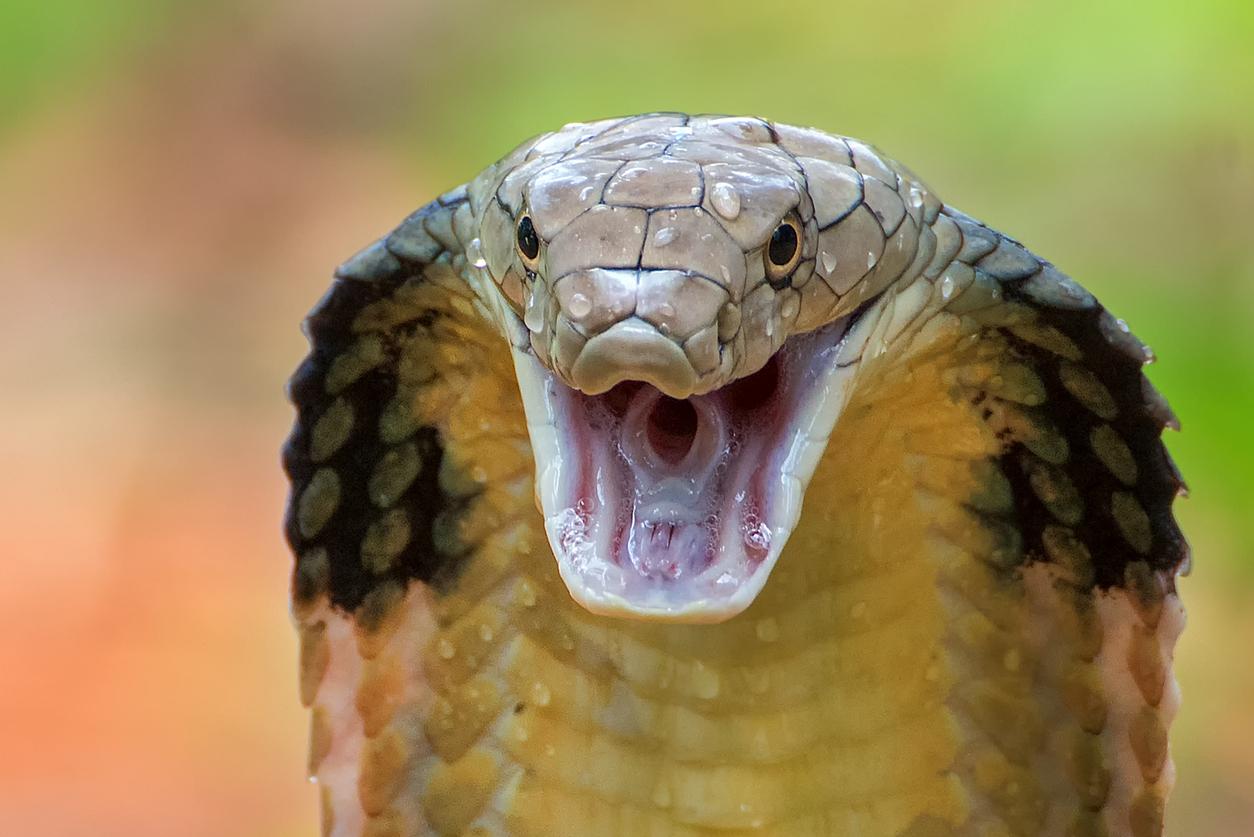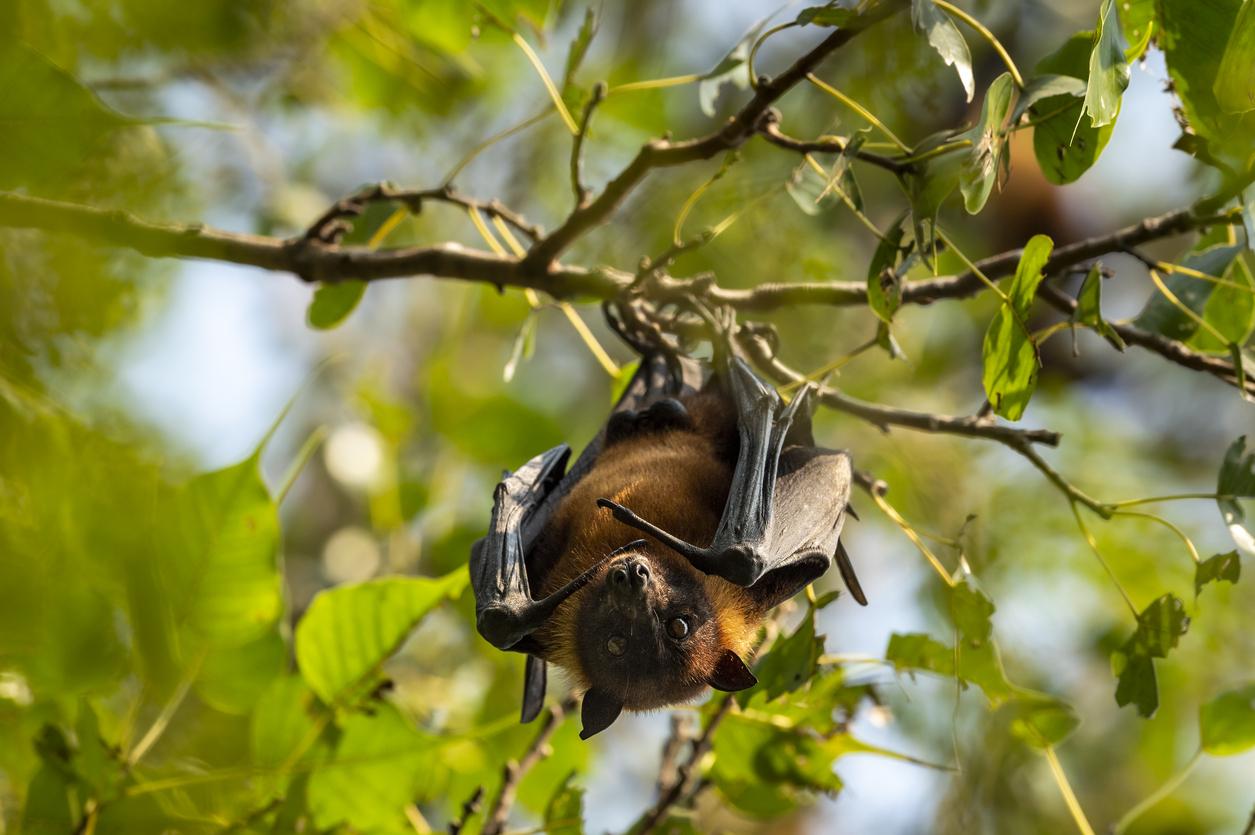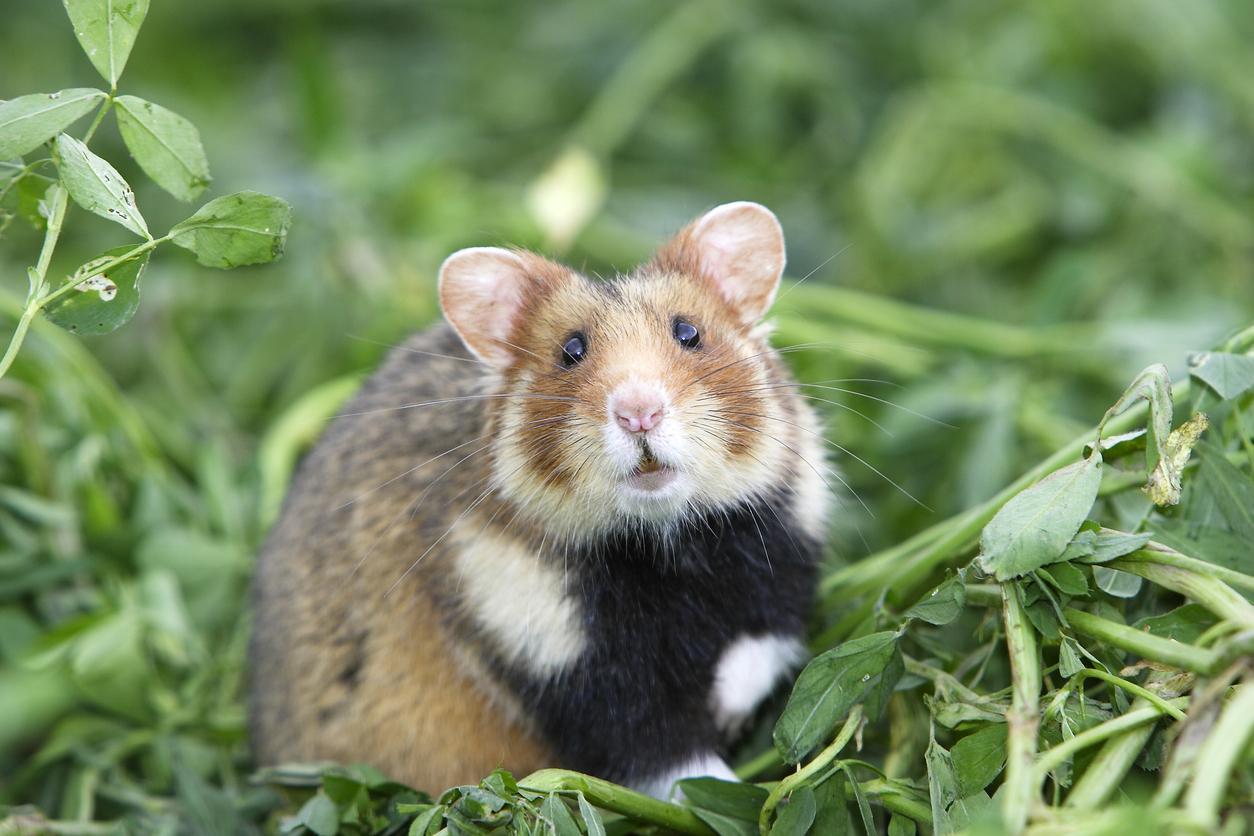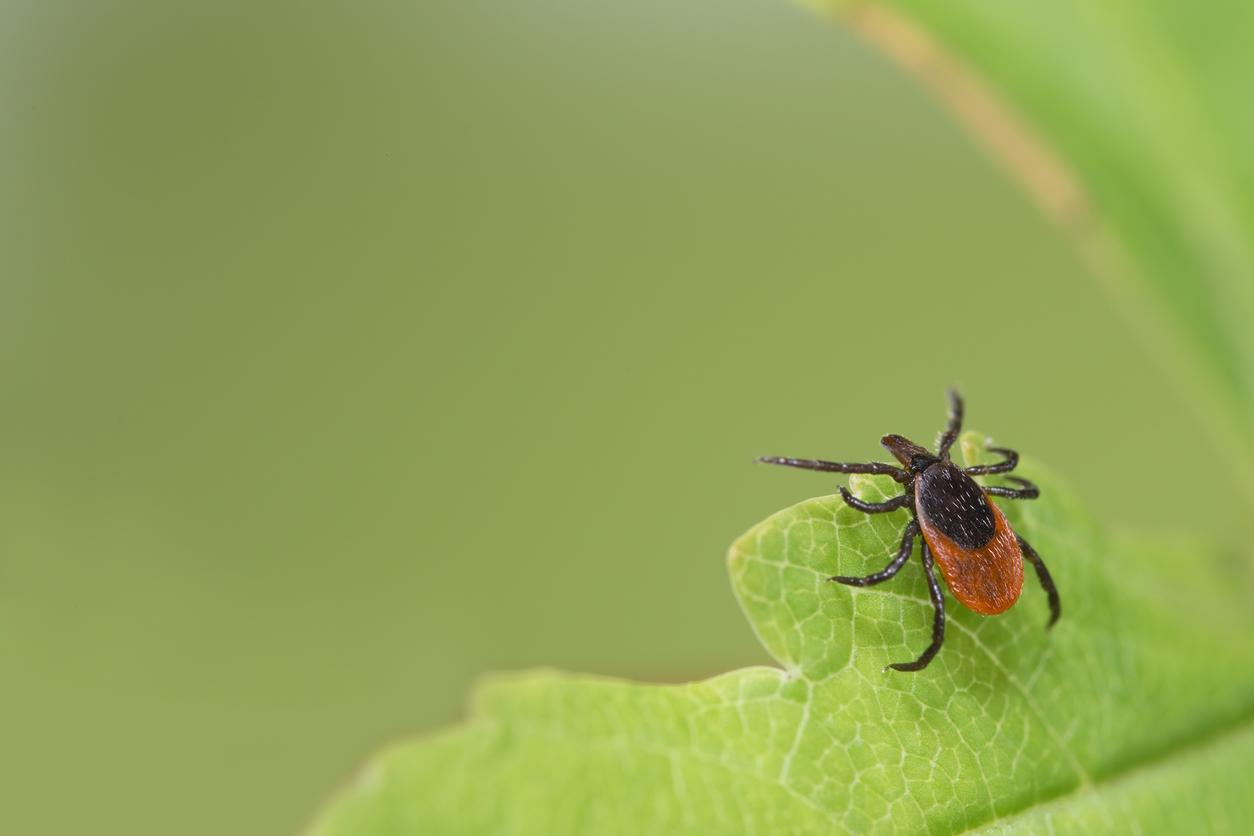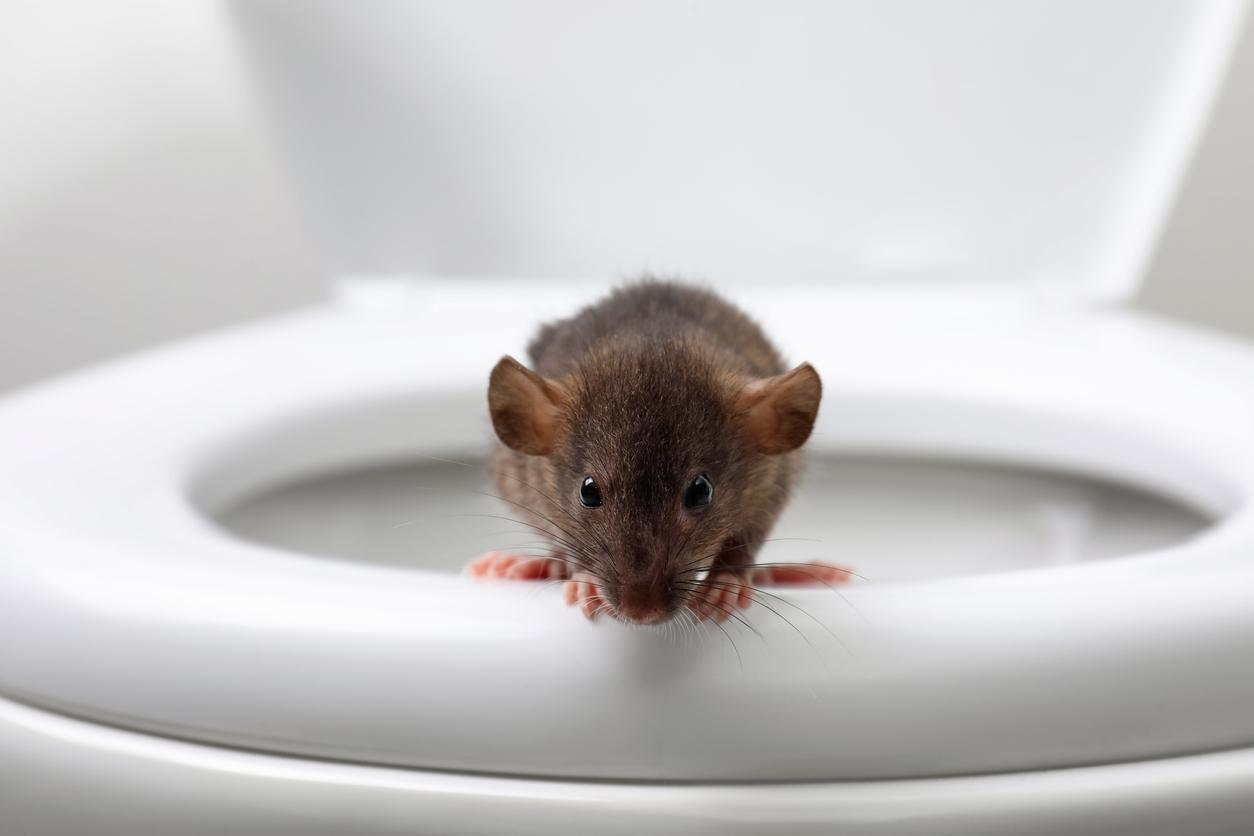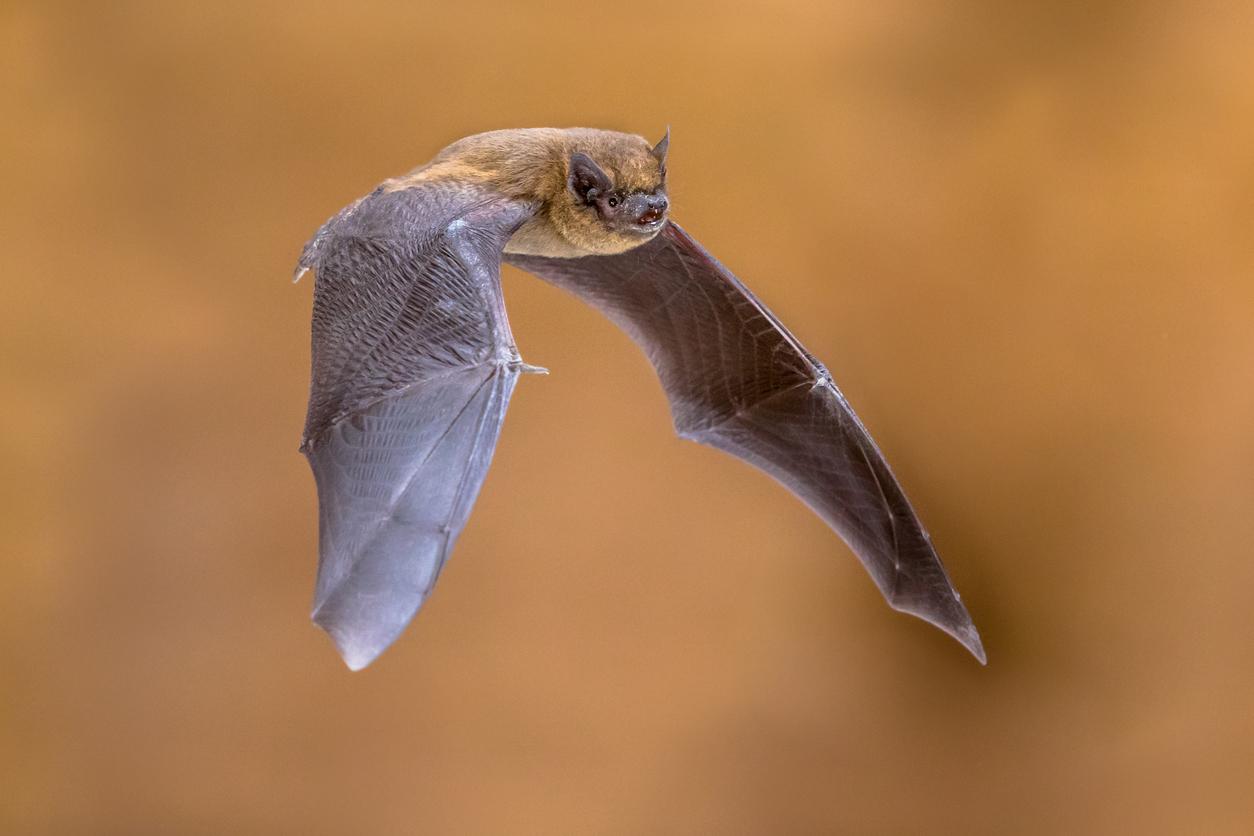The World Health Organization is tackling snakebites that plague impoverished regions of Asia, Africa and Latin America. Goal: halve the number of deaths by 2030.

“Although the exact number of snakebites is unknown, it is estimated that they affect 5.4 million people each year and that there are up to 2.7 million cases of envenoming”, explains theWorld Health Organization (WHO), which has launched an action plan to halve the number of snakebite-related deaths by 2030.
Between 81,000 and 138,000 deaths
According to the WHO, snakebites cause between 81,000 and 138,000 deaths each year. The most affected populations come from Asia,Latin America and Africa (435,000 and 580,000). “This burden falls heaviest on countries with weak health systems and few medical resources.
Without medical attention, snake venom transmitted by bite can cause respiratory paralysis, hemorrhage, irreversible kidney failure, and tissue damage that can lead to limb amputation.
Increase the manufacture of anti-venom products
Rural areas affected by poverty are most at risk. This scourge, which the WHO has listed in the “neglected tropical diseases“, particularly concerns children, for whom the consequences of a bite are greater due to their small body mass, as well as women and men who work in agricultural areas.
To remedy this, the WHO stresses the urgency of increasing stocks of anti-venom products by 2030, in particular by increasing the number of manufacturers by 25%. A pilot project to build a global anti-venom stockpile will also be launched. “Without an urgent market overhaul and stricter control (…) a public health emergency seems imminent”, warns the agency.
An online publication on the WHO website dated last April recalls that “quality serums are the only effective treatment to avoid or eliminate most of the toxic effects of snakebites. They are included in the WHO Model List of Essential Medicines and they should be part of the minimum primary health care to be provided in the event of a bite”.
.







